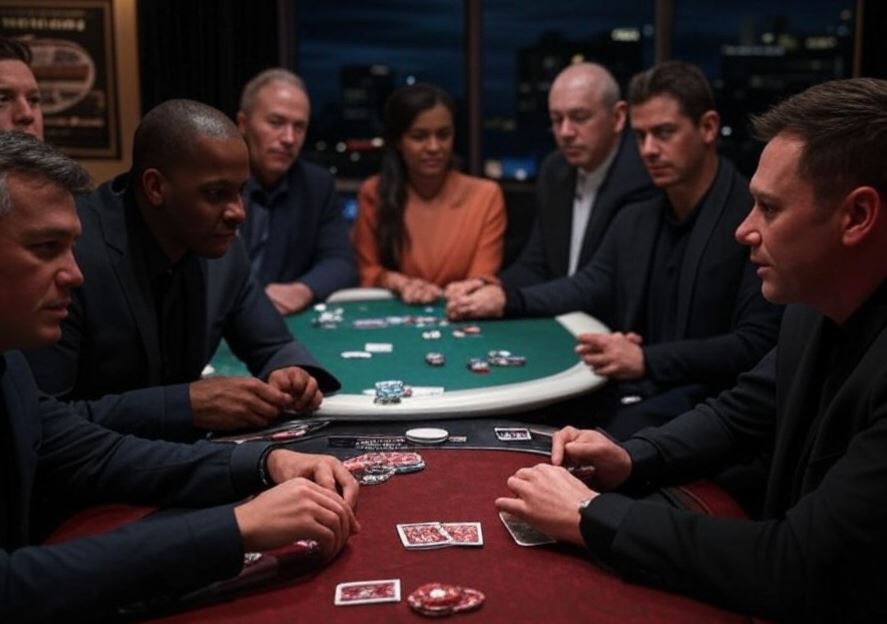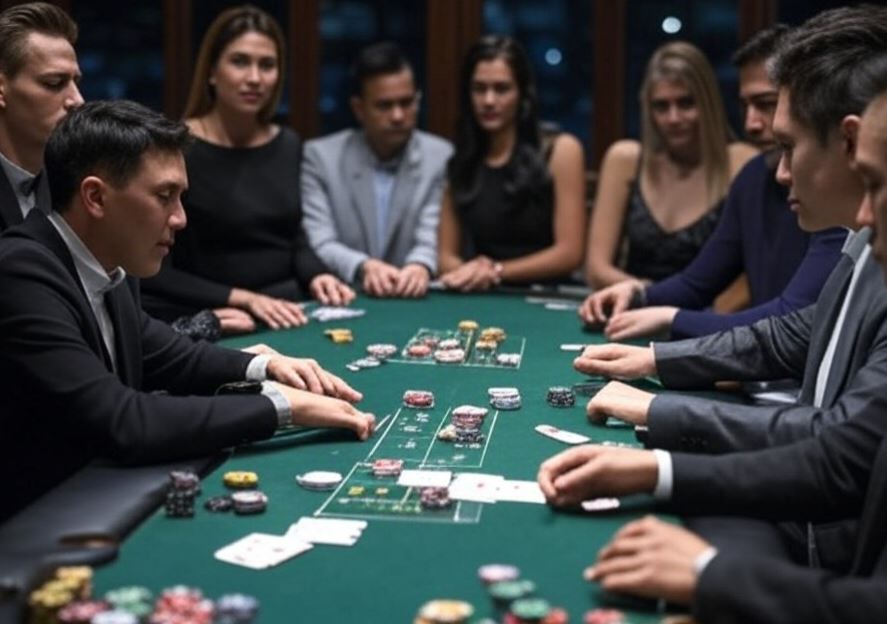
Bluffing is one of the most exciting and strategic aspects of poker, but it’s also one of the most challenging. Mastering the art of deception can dramatically improve your chances of winning, even when you don’t have the best hand. Whether you’re a beginner or looking to refine your skills, this step-by-step guide will help you bluff like a pro and gain the upper hand at the table.
Step 1: Understand the Basics of Bluffing
Bluffing involves pretending to have a stronger hand than you actually do in order to mislead your opponents. The goal is to make them fold, believing that they cannot win against your perceived strong hand. However, bluffing should never be used recklessly—it’s most effective when your actions are consistent with the narrative you’re creating.
Step 2: Choose the Right Moment
Timing is everything when it comes to bluffing. It’s essential to choose the right moments to bluff and avoid doing so too frequently, as this can make you predictable. Good times to bluff include:
- When you’re in a late position: Bluffing when you’re the last to act gives you valuable information about your opponents’ behavior and bets.
- When the board suggests a strong hand: If the community cards look like they could have completed a strong hand (like a straight or flush), you can bluff by acting like you’ve hit it.
- When your opponents show weakness: If your opponents are hesitating, checking, or making small bets, it could be a sign that they don’t have a strong hand, giving you a chance to steal the pot.
Step 3: Choose Your Bluff Size Wisely
The size of your bluff is a critical factor in its success. If you bet too little, your opponents may not take your bluff seriously; bet too much, and you might scare them off or make them suspicious. A good rule of thumb is to bet between 50% to 70% of the pot. This amount is large enough to make opponents think you have a strong hand but not so large that it seems like a desperate attempt.
Step 4: Pay Attention to Your Table Image
Your table image is how your opponents perceive you based on your playing style. If you’ve been playing aggressively and betting frequently, a well-timed bluff may seem less suspicious. On the other hand, if you’ve been playing passively, bluffing may come across as more out of character. The key is to make your bluffs consistent with how you’ve been playing, to avoid giving off any “tell” that could give you away.
Step 5: Use the "Semi-Bluff" Strategy
A semi-bluff occurs when you bet or raise with a hand that isn’t currently the best, but has the potential to improve. For example, you might bluff with a flush draw or a straight draw, knowing that even if your opponent calls, you still have a chance to win if the next card completes your hand. This gives you two ways to win—the bluff or drawing to a stronger hand.
Step 6: Know When to Stop Bluffing
The most important part of bluffing is knowing when to quit. If your opponent seems unmoved by your bet and continues to call, it may be time to back off. Persisting in the bluff could cost you the pot, and it could make your future bluffs less credible. Recognizing when your deception isn’t working is as vital as knowing when to apply it.
Conclusion
Bluffing is a skill that takes practice and patience to master. With the right timing, strategy, and understanding of your opponents, you can use bluffing as an effective tool to win pots and control the game. Just remember—bluffing is not about lying, but about controlling the flow of information and keeping your opponents guessing. Use these techniques wisely, and you’ll increase your chances of success at the poker table.








